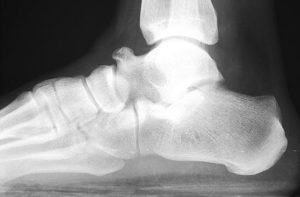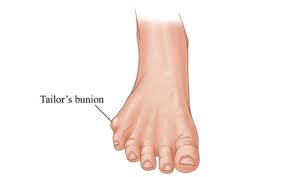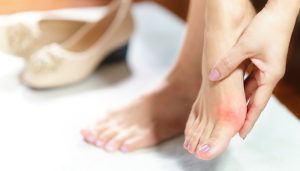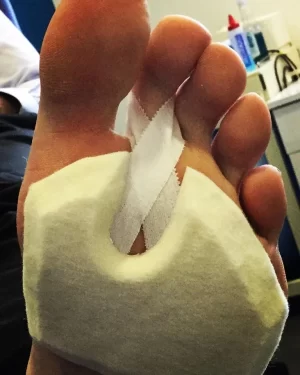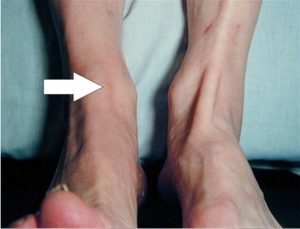
Tibialis anterior tendinopathy is a condition that affects the tibialis anterior tendon, which is located at the front of the ankle and helps to lift the foot upwards. This condition is caused by overuse or repetitive strain on the tendon, and can result in pain, swelling, and weakness in the affected area.
Symptoms of tibialis anterior tendinopathy include pain and tenderness along the front of the ankle, swelling and stiffness in the area, and difficulty lifting the foot upwards. The pain may be worse during physical activity or after prolonged periods of standing or walking.
Treatment for tibialis anterior tendinopathy typically involves rest, ice, compression, and elevation (RICE) to reduce pain and swelling. Non-steroidal anti-inflammatory drugs (NSAIDs) may also be recommended to relieve pain and inflammation. Physical therapy may be recommended to help strengthen the muscles and improve flexibility in the affected area. In severe cases, surgery may be required to repair or replace the damaged tendon.
Prevention of tibialis anterior tendinopathy involves wearing proper footwear and using orthotics or inserts to support the feet and reduce stress on the tendon. Gradually increasing activity levels and avoiding sudden changes in activity levels can also help prevent this condition. It is important to seek medical attention if you experience any symptoms of tibialis anterior tendinopathy, as early diagnosis and treatment can help prevent further damage and improve outcomes.


